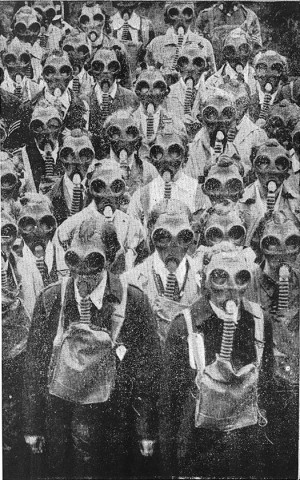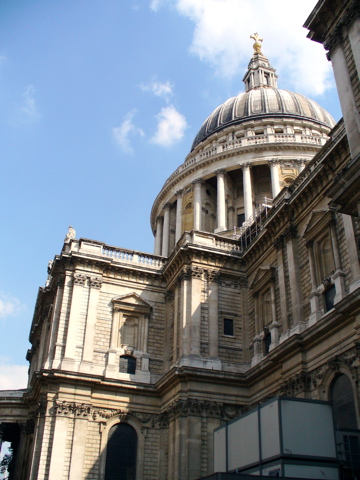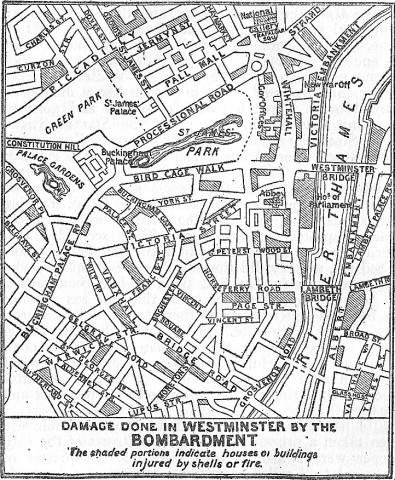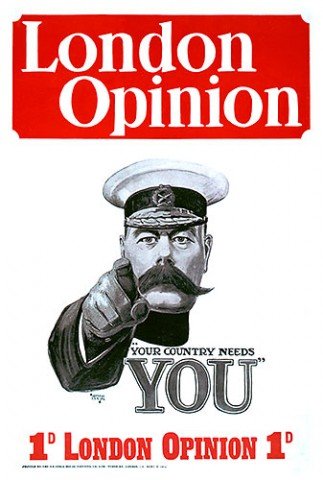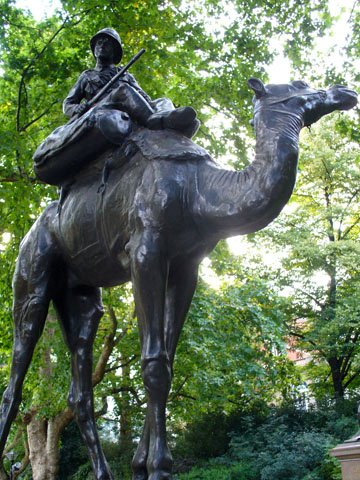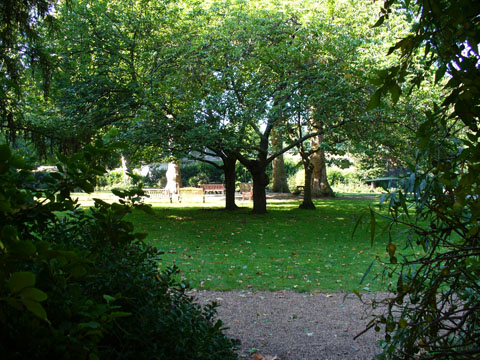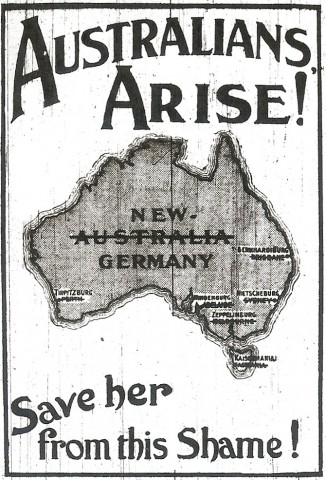The Sheerness Incident
Today is the 95th anniversary of the Sheerness Incident. Sheerness is a town at the mouth of the Medway, on the Isle of Sheppey in Kent. For several centuries, it was a dockyard for the Royal Navy (the Nore Mutiny took place nearby in 1797). In 1912, Sheerness was an important part of Britain’s naval […]


